Pinch punch it's the first of the month
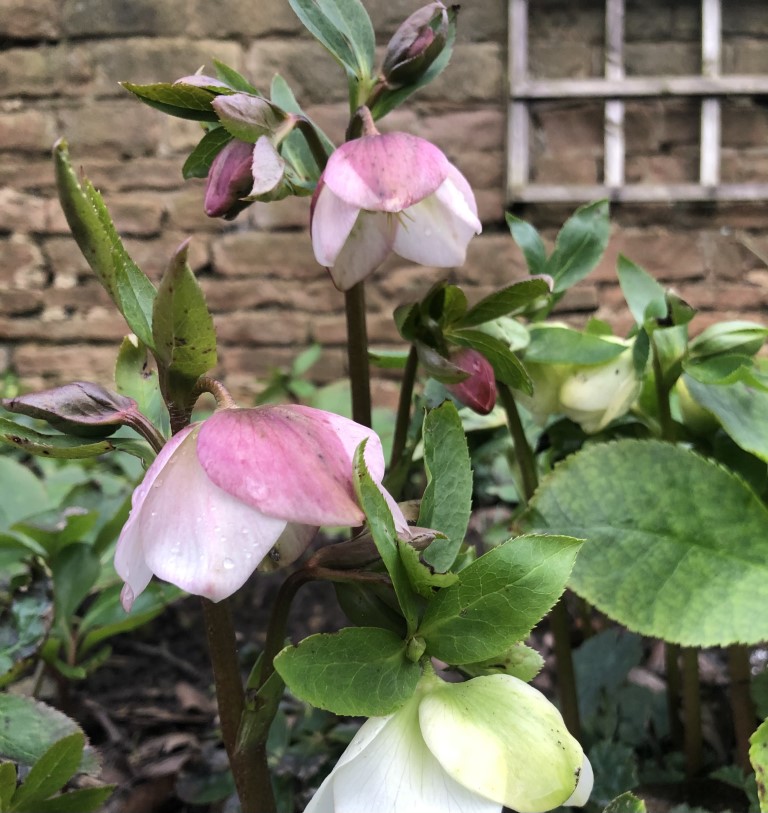
For some reason I woke up this morning, thinking about the old saying “Pinch punch first of the month”. I am feeling uplifted and ready for February, maybe we are all looking forward to spring or maybe it is because my seed order arrived over the weekend and I can’t wait to get sowing !
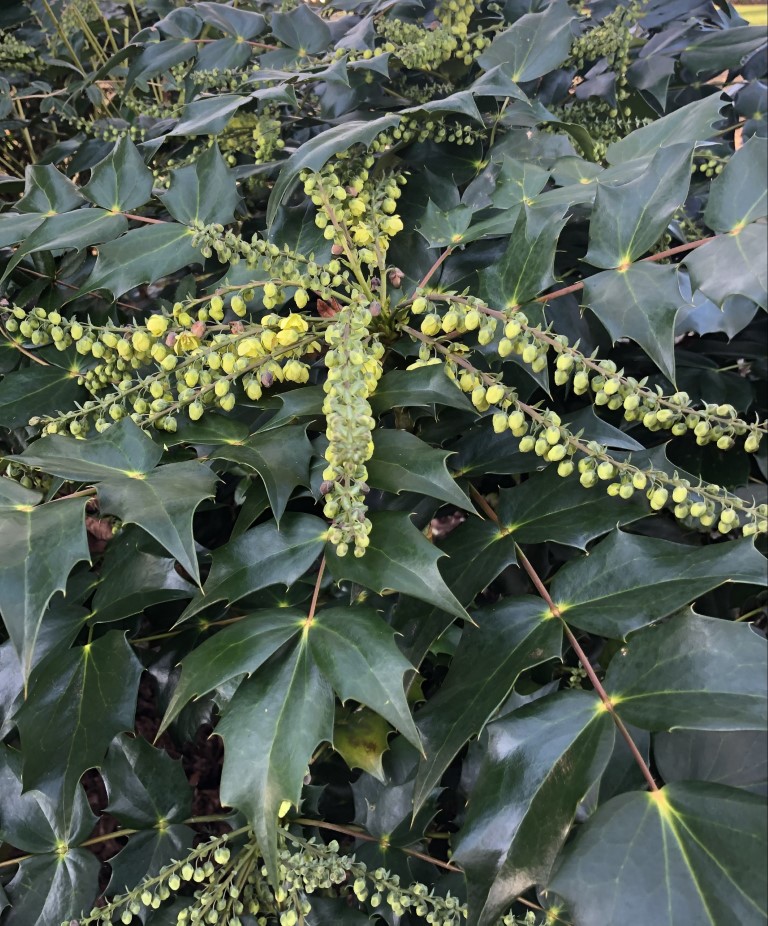
This sunny morning on February’s first day, the garden is definitely calling me outside to enjoy the early signs of the new season.My garden is tidy, organised, planned and ready (thanks to a busy January) to say hello to the new season but I can still find things to do
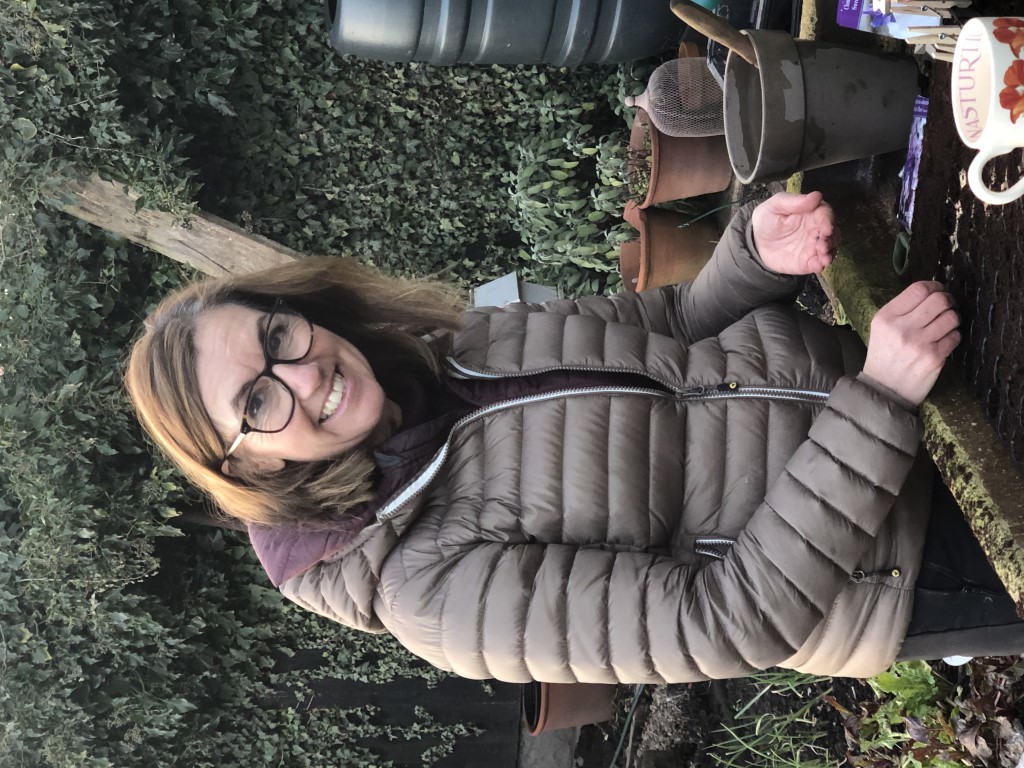
Some ideas for a few things to do in the garden this month!
- Tidy up and get ready for spring, if you haven't already!
- Prepare your vegetable seed beds.
- Get to know your soil.
- Sow windowsill crops.
- Force Rhubarb
- an upturned metal bin will serve as a forcer.
- Chit seed potatoes.
- Observe the signs of Spring, Camellia, Crocus, Cyclamen, Snowdrop.
- Cut back Wisteria
- Use cloches or fleece to warm up the soil ready for planting.
- Remove large leaves from your Hellebores so you can enjoy the flowers.
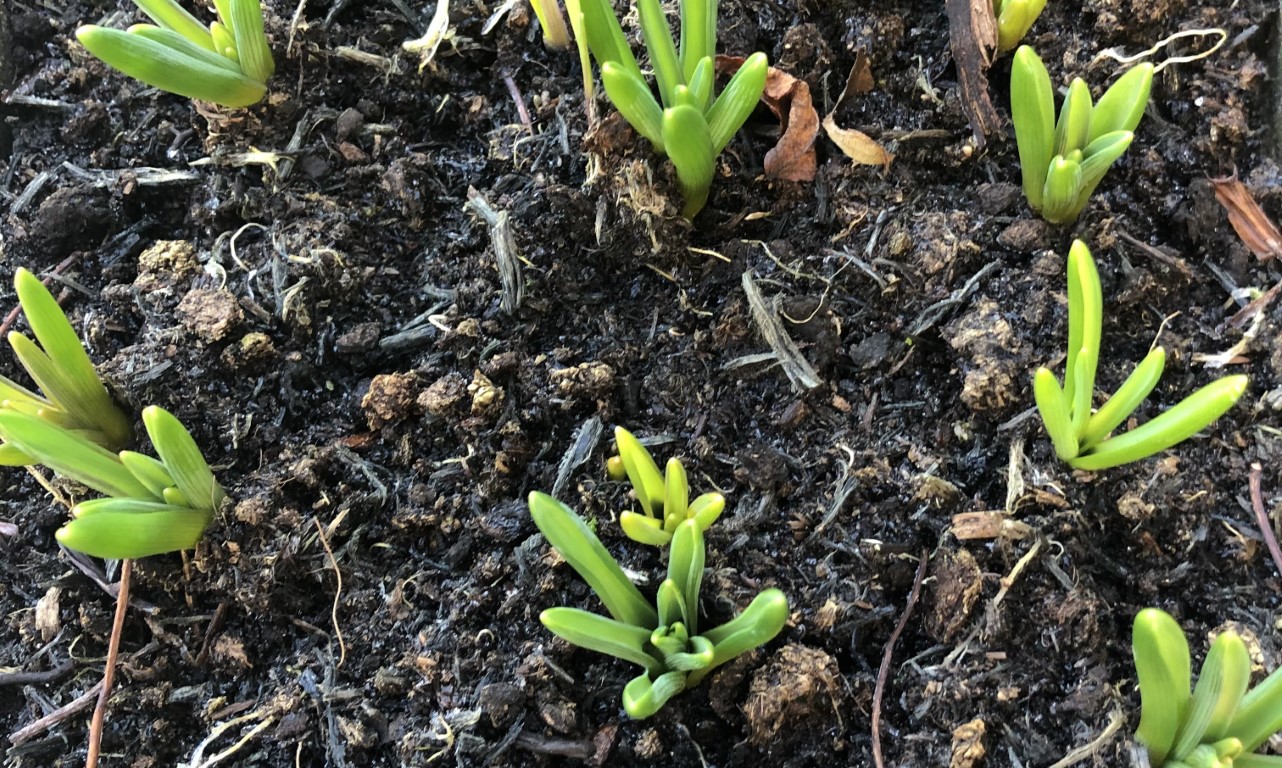
Getting to know your soil. We often take our soil for granted and over the years it can be neglected, yet we expect it to support and nourish our gardens. Once you have removed stones and weeds from the beds you can’t go far wrong with adding organic matter, compost to the soil, either homemade or bought, which adds vital nutrients and acts as a sponge to retain water.
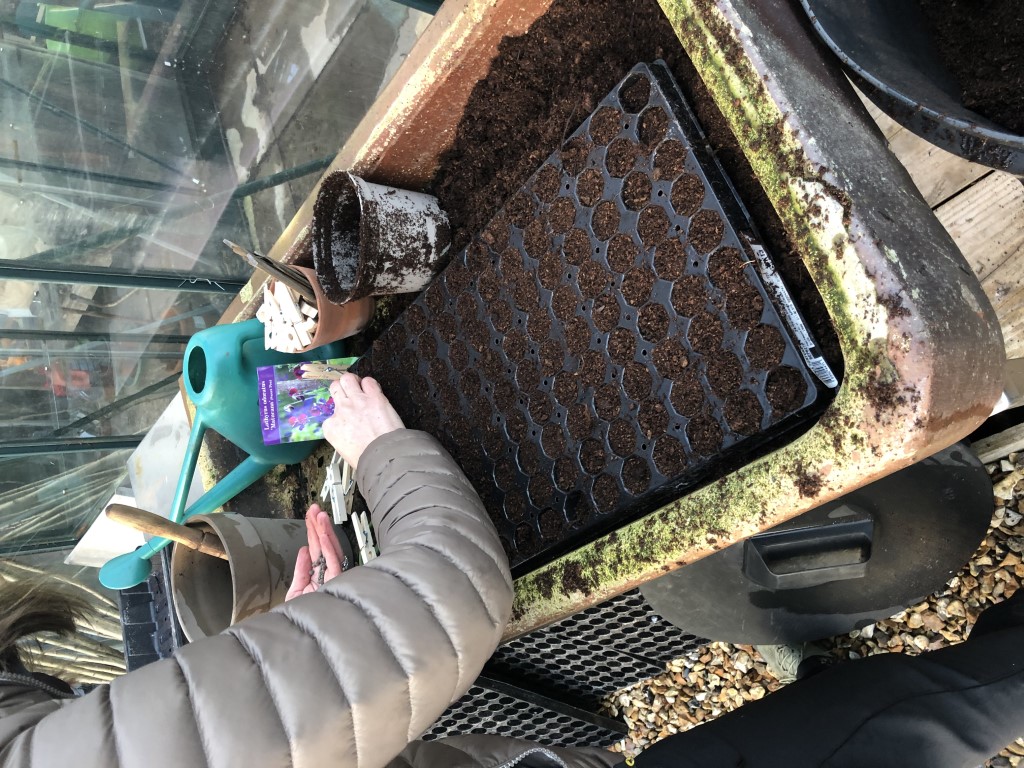
If you really want to get to know your soil, it is not as complicated as you might think. You are looking to determine if your soil is heavy or light and also whether it is acidic, neutral or alkaline. This knowledge will help you with what to plant, and gardening success from seed to harvest. To try and determine the consistency of the soil you can do a simple assessment.
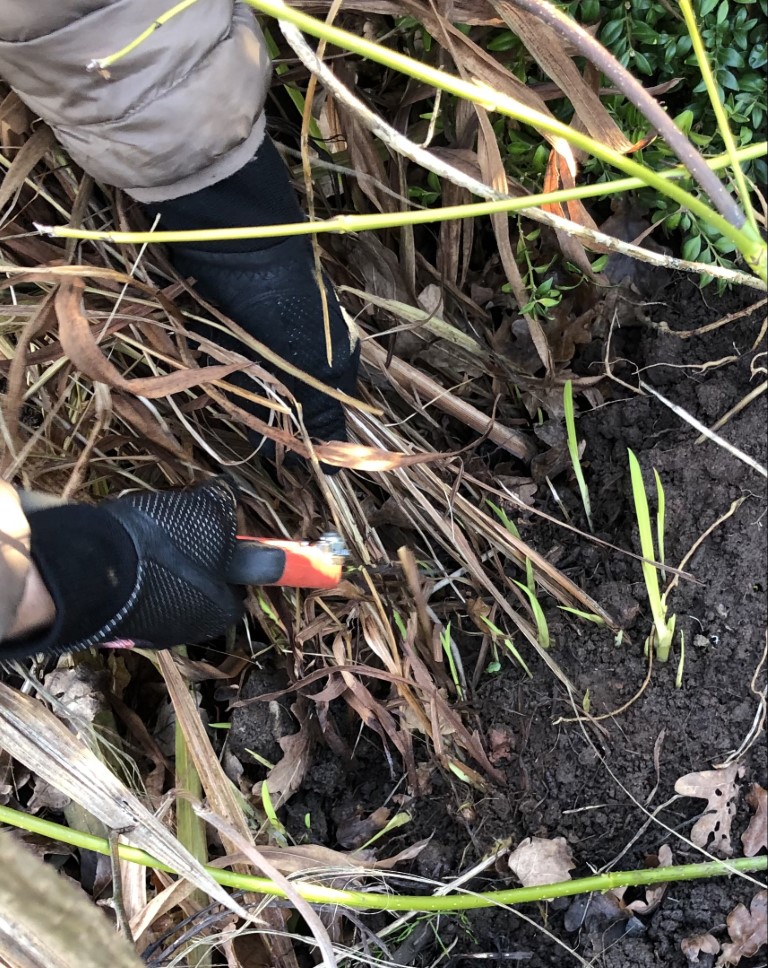
Dig a hole about 30 cm across and deep, fill with water. If the water runs away quickly then you probably have a bed and soil which drains, if it sits for hours then you will most probably need to improve drainage, often working the garden or adding compost will improve it but you may need to make more effective long term improvements to avoid water logging. ( I am putting in raised beds this year to help improve drainage as seen above ).
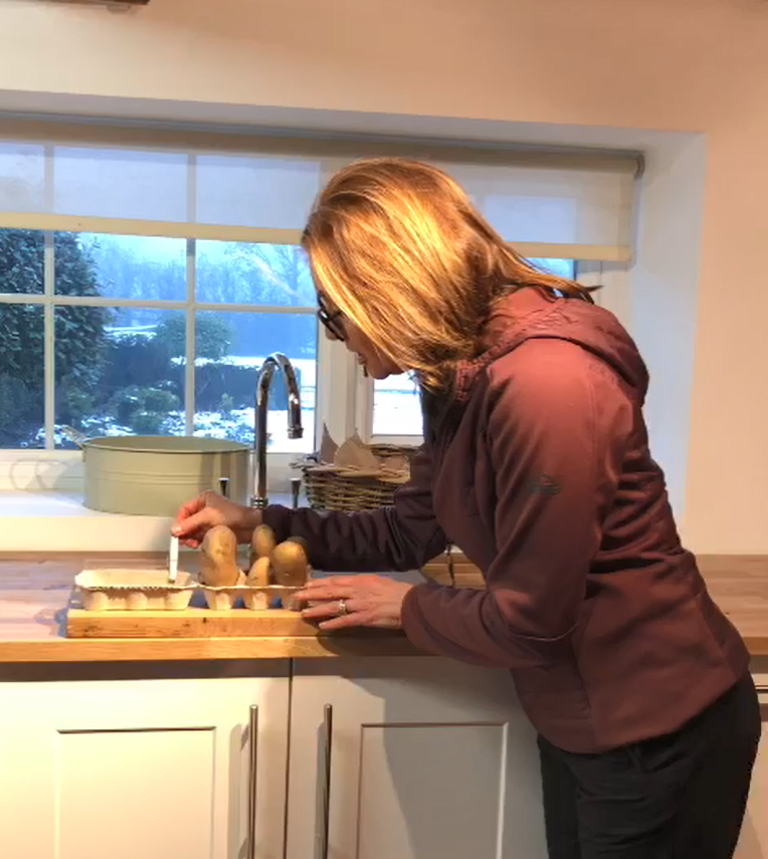
Take a handful of the soil from the hole and feel it, if it is pliable and keeps its shape your soil is likely to be heavy which means it probably has a lot of clay in it and if it crumbles then it is lighter and probably a sandier soil. Invest in a soil testing kit, and find out the PH of your soil, that means finding out if your soil is acidic, neutral or alkaline. This knowledge is vital when choosing your plants. From this basis you will be able to add the correct nutrients and materials to improve your soil and choose plants for your garden accordingly.




